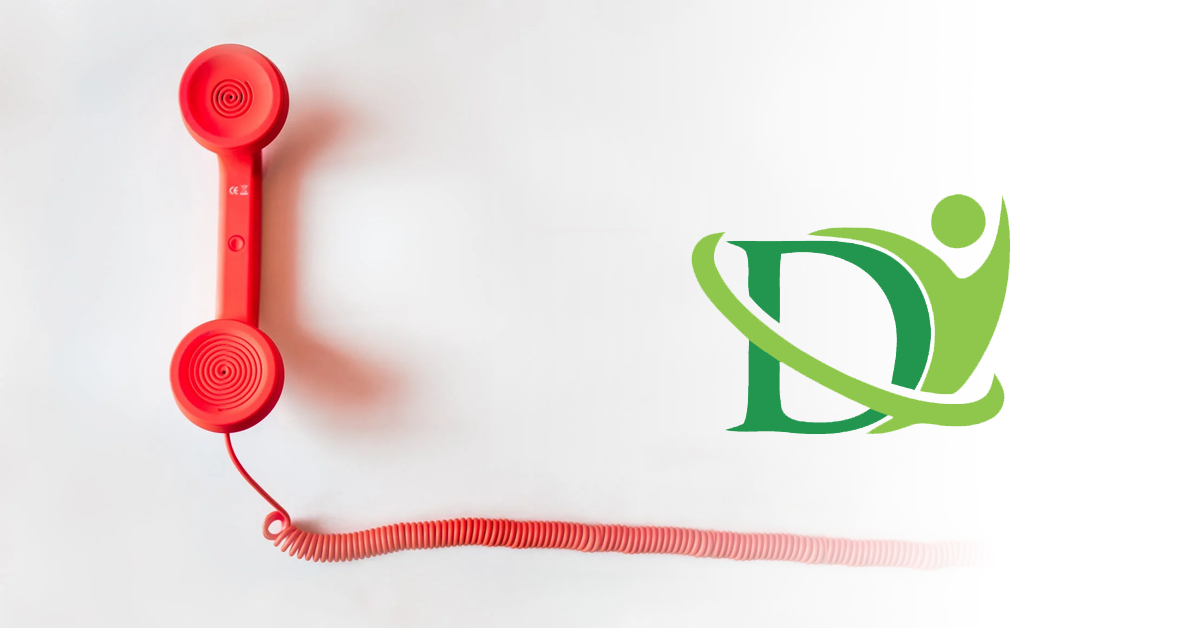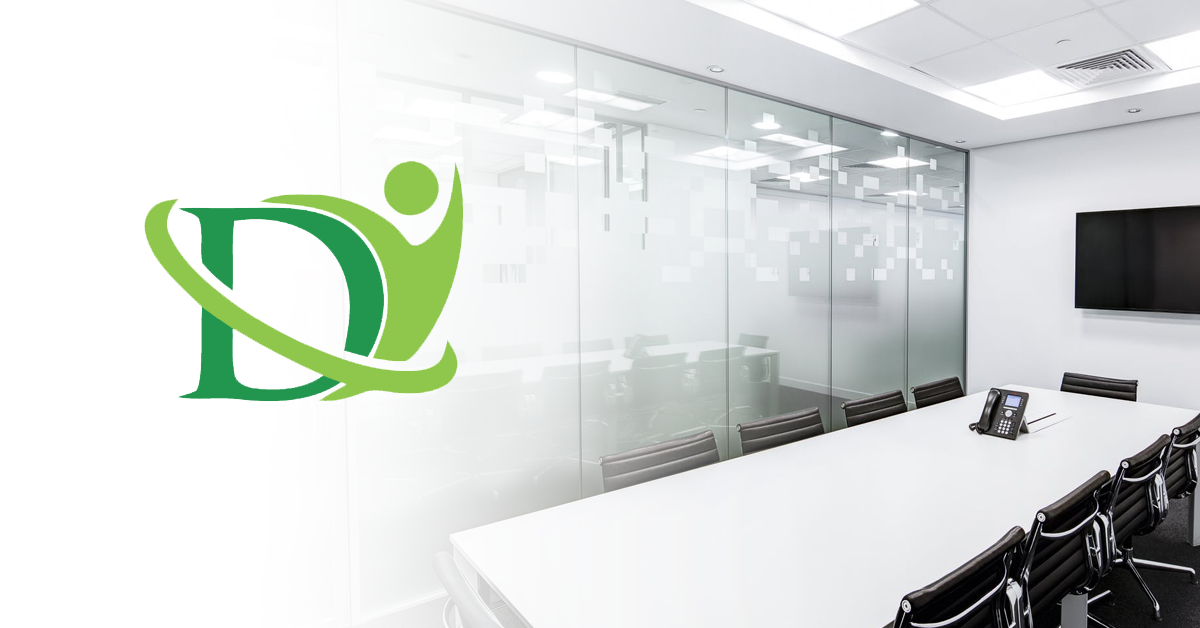
Dealing With Debt Collectors In Canada
September 2, 2020
4 Signs That It’s Time To Get Professional Debt Help
September 23, 2020Staying on top of finances means keeping financially secure and regularly paying off debts. It also means comfortably supporting oneself while putting away enough money each month for personal savings. However, sometimes unexpected situations arise, which may lead to bankruptcy.
Although the concept sounds intimidating, it’s essential to be familiar with bankruptcy in Canada, its process, and what it means to file for it. This helps people stay aware of their options if they find themselves in a tight financial situation and avoid taking on more unpayable debt. Here’s what Canadians must know about personal bankruptcy:
What Is Personal Bankruptcy?
Personal bankruptcy is a legal process in which people surrender everything they own to a Licensed Insolvency Trustee, the only professional who can administer a bankruptcy in Canada. This surrender is done in exchange for the elimination of debt. Each province in Canada has its exceptions about what to surrender, which allows people to keep the bare essentials.
This process was designed to provide honest but unlucky debtors relief from their debts while giving creditors fairly and equally. It also offers a “stay of proceedings” feature that halts legal action from being filed against individuals by their creditors.
Who Can File For it?
To qualify for personal bankruptcy, an individual must be insolvent and be a person who has lived or done business in Canada within the last year. To be insolvent, an individual must owe at least $1,000 and be unable to fulfil one’s debts as they are paid.
How Long Is A Bankruptcy?
An individual may qualify for an automatic discharge from personal bankruptcy as soon as nine months. This is the minimum time established by the Court. However, to be eligible for this, an individual must have never been bankrupt before the current procedure. They must also fulfil other duties and obligations.
While debt will be absolved, this affects an individual’s ability to obtain credit in the next few years. Bankruptcy will remain on one’s credit report for several years, so lenders will know that one has filed for it even years later.
Which Debts Are Exempted From Bankruptcy?
Personal bankruptcy does not erase all debts. It eliminates only unsecured debts, like credit cards, income taxes, and personal loans. Secured debt like a mortgage may not be included in bankruptcy. However, since assets are offered as collateral, creditors can quickly obtain the amount owed to them.
However, some unsecured debts are not discharged in bankruptcy, like student loans less than seven years after finishing school. Debts like alimony, child support, or obligations arising from fraud are also not discharged.
Which Assets Are Exempted From Being Surrendered?
Some assets are not surrendered when filing for personal bankruptcy to protect the debtor. These exemptions are assets determined by the government to be necessary for one’s survival. Items such as personal effects and furnishings are usually kept in a bankruptcy.
Each provincial or territorial government has its list of exemptions. For example, a car under $6,600.00 is exempt from surrendering in Ontario, along with personal items worth less than $13,150.00. However, assets that must be surrendered include investments and Registered Education Savings Plans (RESPs).
Conclusion
Filing for personal bankruptcy can be an intimidating process. Still, it is a process designed by the government to offer relief for debtors and offer the possibility of a fresh start. It’s essential to understand personal bankruptcy so that if an individual has difficulty paying debts, they are aware of the options available.
Looking for personal debt relief? DebtHelpers.ca is here to help! Get access to customized debt solutions for all Canadians through the wide range of consulting services that are designed to help reach debt-free goals. Contact the team today for more information.

